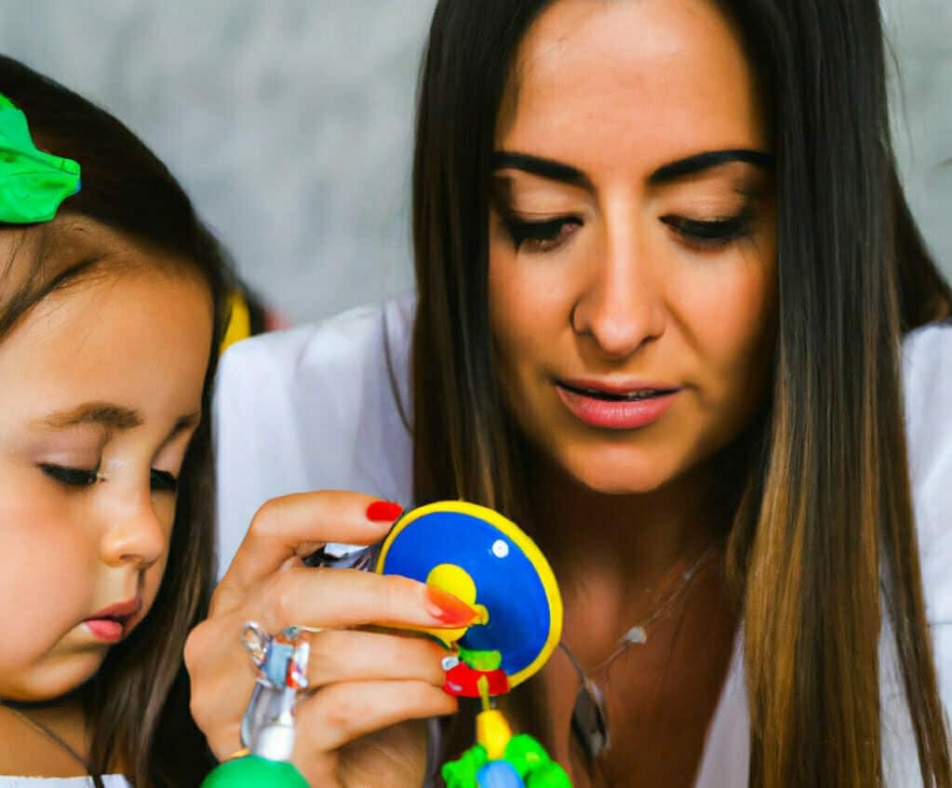Hello brave parents and caregivers!
Behavior, Behavior, Behavior
I recently read several posts on my local moms’ Facebook group about their kids’ behavioral issues, then, on one particularly challenging night, my daughter asked if we could have special play time. The final straw was when a friend from whom I have not heard in ages reached out for advice about his friend’s son’s behavioral problems. I figured the universe was nudging me to write about Parent Child Interaction Therapy (PCIT), so here goes.
PCIT
Parent Child Interaction Therapy is an evidence-based treatment for children ages 2-7 years (though it can be adapted for older children), wherein a therapist coaches a parent in real time on how to respond to his/her child’s behavior. PCIT teaches parents effective communication to restore positive interactions with their children. This not only builds parent confidence, it improves the parent-child relationship and a child’s behaviors, attention, and self-esteem. Sounds cool, right?
Quick tangent, but it’s important to note that behavioral problems are nonspecific and cannot be completely covered in one or even several posts. Dysregulated behavior may be developmentally-appropriate or a sign of a mental health condition including, but not limited to: ADHD, depression, anxiety, PTSD, substance use disorder, autism spectrum disorder, and/or bipolar disorder. Please seek evaluation with your pediatrician or a mental health professional if your child is struggling with behavioral problems.
Back to Parent Child Interaction Therapy. The beauty of PCIT is that it is based on building healthy parent-child relationships which, within itself, can improve a child’s behavior. How powerful is that? Really, every parent, school teacher, swim instructor, daycare teacher, babysitter, Scouts leader, grandparent—you get my point—anyone who interacts with a child on a regular basis should be familiar with these techniques. Honestly, this stuff should be in the water.
PCIT: A Day in the Life
Let’s explore how to use PCIT techniques in everyday life. We can all do this! It’s doesn’t take much time and, with practice, it gets easier and easier. Take it from me, I’ve been using these techniques from the first “NOOOOOOOO!” and I haven’t turned back.
Here are some of my favorites:
- Use labeled praise. For instance, if your child shows you a picture she colored, rather than saying “good job”, try, “I like how you used light blue to color the sky” or “that was great coloring you did”.
- Praise often. Praising any positive behavior will increase the likelihood of that behavior occurring again. If you catch your child engaging in a positive behavior, label-y praise away (i.e., “great job saying ‘thank you’”).
- Use validation techniques. This could be as simple as pointing out what the child is doing, such as “I see you’re drawing a unicorn”. This helps a child feel seen and understood, which improves his sense of security and self-esteem.
- Use strategic ignoring. Our kids love our attention and strategically removing that attention can shape their behavior in a positive direction. Consider using strategic ignoring for minor misbehaviors, such as whining or interrupting. Act as if you do not see or hear the minor misbehavior while praising a positive behavior. For instance, if your child is sitting and coloring, but whines when it’s time to clean up, praise her drawing and pay no attention to the whining. The whining will decrease if you consistently ignore it. (Strategic ignoring is NOT recommended for serious behaviors including but not limited to: property destruction, hitting, biting, and/or kicking self or others. Please seek an evaluation with a pediatrician or mental health professional for dangerous behavior).
- Frame directives in the positive. For instance, if you’d like your child to stop running in the house, ask him to use his walking feet rather than asking him to stop running. Negative talk increases tension and may actually increase negative behavior.
- Connect with your child. Each day, dedicate some time to doing something together. Let the child take the lead during this time. In our house, we call this “five minutes of special play”. It only takes five minutes a day! Admittedly, I am not great about carving out time for this. And being the Type A control freak that I am, I had to work really hard to let my child take the lead. Actually, still working on it.
SPECIAL PLAYTIME: DOS AND DON’TS
During special play time, avoid asking your child questions and making direct or indirect commands (e.g., “why don’t you try it this way?” or “draw a rainbow”), as it takes the lead away from your child. Instead, comment neutrally on what she’s doing, such as “I see you’re building a princess tower”. Paraphrase your child during special play time. If your child comments, “I just built a spaceship”, you can respond with, “yes, I see you built a spaceship!”. This communicates that he is in the lead and shows that you accept and understand him. Continue to use labeled praise, strategic ignoring, and validation techniques during your together time. If you engage in dedicated time together consistently, your connection will grow and you’re likely to start to see some improvement in your child’s behavior. Really.
Slow Down!
Friends, not gonna lie, I’ve had a difficult week juggling work, prepping for the holidays, and managing the household and our busy schedules. (Is it me, or is this December more of a frenzy than it has ever been?). I feel as if I’m spinning and not really connecting with the people, places, and things around me. Inevitably, this trickles down to my relationship with my daughter. When she requested special play time this week, I knew she craved the feeling of security, love, and acceptance that mama time brings. And though it was harder for me to slow down than I care to admit, after five minutes of intentional time together, we were happier and more relaxed for the rest of the night. And magically, instead of the usual gazillion, it only took 3 requests for her to brush her teeth before bed—progress!
So brave parents and caregivers, I encourage you to try these techniques. They are worth the time and energy investment much more than all the holiday gift-buying, cookie-baking madness. Please give yourself permission to slow down! Your full presence is the BEST gift you can give your child.
Until next time,



